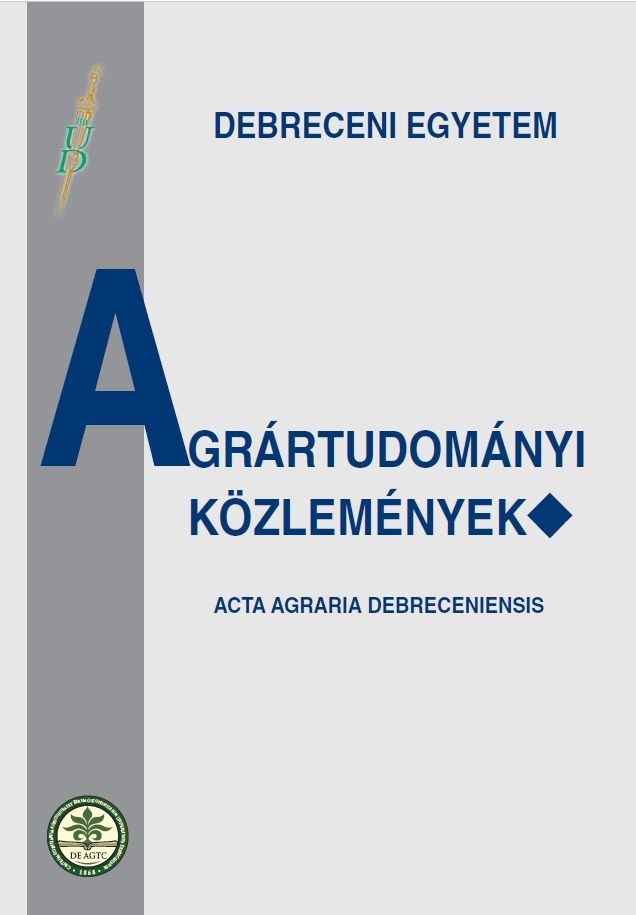Articles
Vitrification of mouse embryos by vitroloop technique
Published:
2009-12-21
Authors
View
Keywords
How To Cite
Selected Style:
APA
Vass, N., Klambauer, P., Jávor, A., Keresztes, Z., & Ceh, S. (2009). Vitrification of mouse embryos by vitroloop technique. Acta Agraria Debreceniensis, 37, 81-83. https://doi.org/10.34101/actaagrar/37/2786
Abstract
The objective of the study was to vitrify mouse embryos with the cryoloop technology using a new combination of vitrification mediums. Embryos were exposed to a 2- step loading of CPA, ethylene glycol and propylene glycol, before being placed on the surface of a thin filmy layer formed from the vitrification solution in a small nylon loop. After warming, the CPA was diluted out from the embryos by a 3-step procedure. Our data show that a high percentage of embryos survived (92.7%) vitrification in the mixture of EG and PG combined with cryoloop carrier and developing normally (89.1%) in vitro after thawing.

 https://doi.org/10.34101/actaagrar/37/2786
https://doi.org/10.34101/actaagrar/37/2786